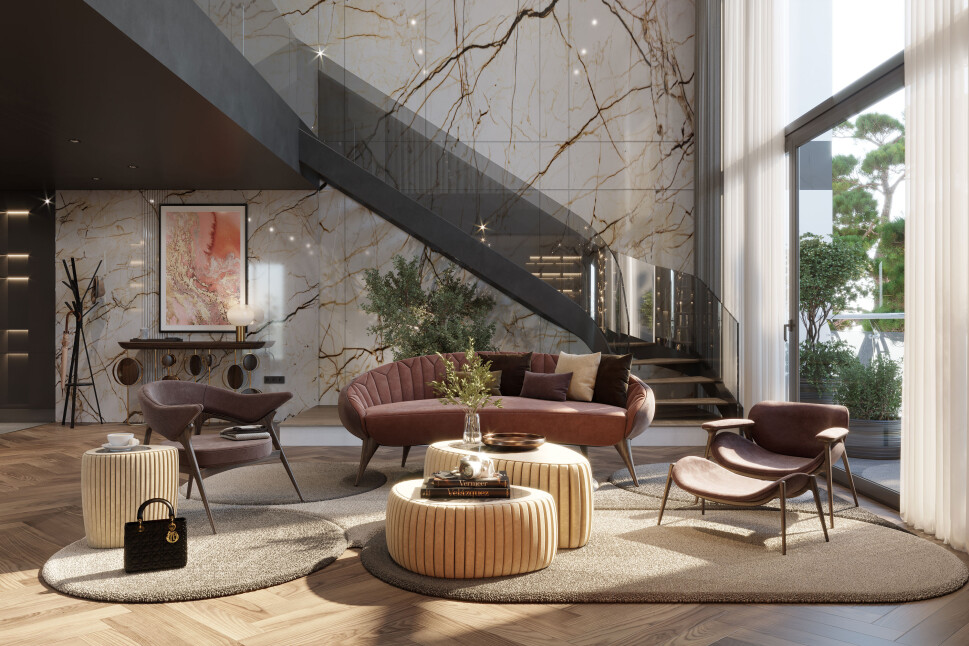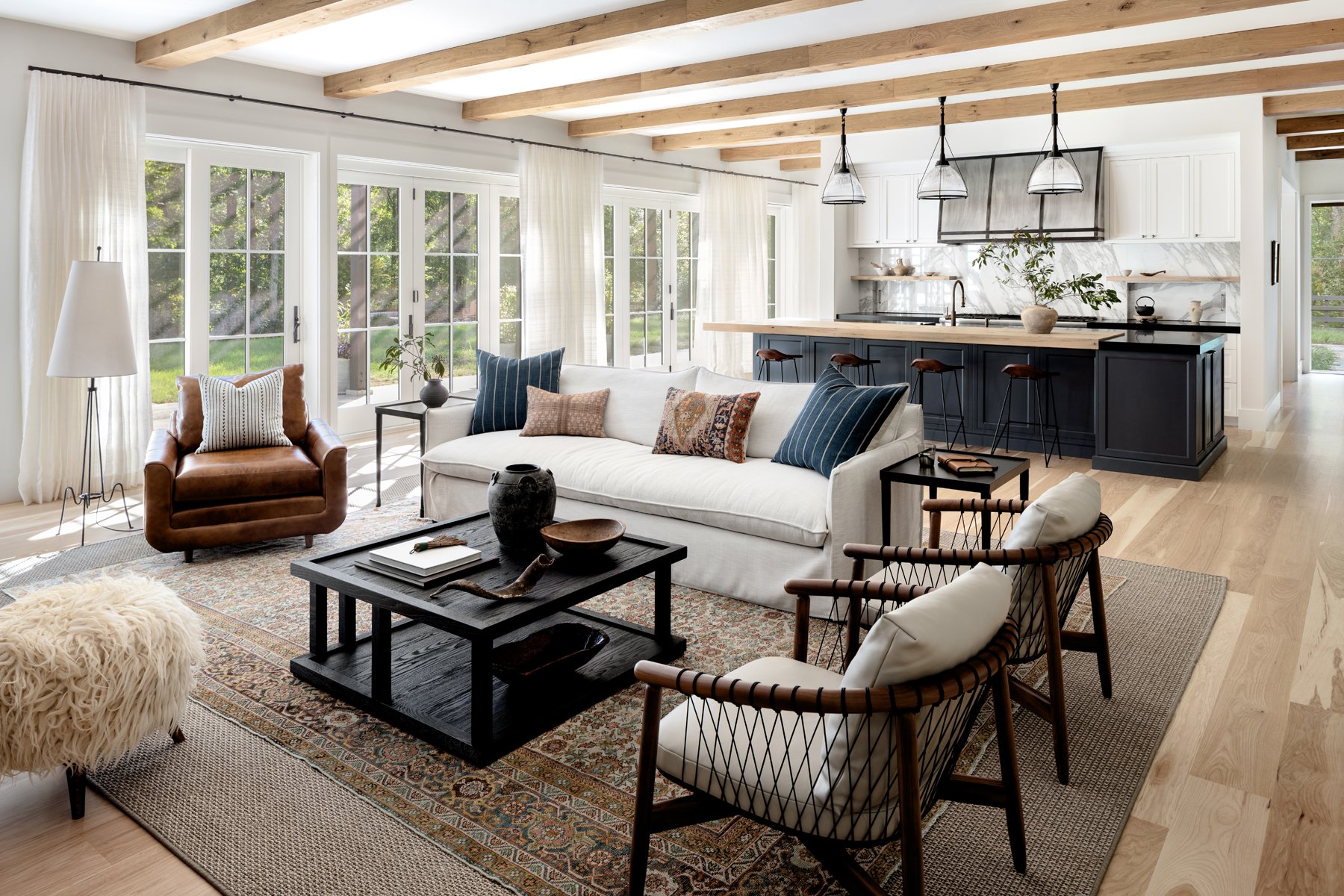Designing Dreams: How Our Interior Design Studio Miami Can Assist You
Wiki Article
Why Recognizing the Principles of Interior Design Is Essential for Effective Area Planning
Recognizing the concepts of interior decoration is basic to reliable space planning, as it lays the groundwork for producing atmospheres that integrate performance with aesthetic appeal. Essential components such as equilibrium, proportion, and flow are not simply decorative factors to consider; they are vital in optimizing how a space is made use of. When these principles are thoughtfully applied, the outcome is an ambience that encourages both performance and well-being. Yet, lots of overlook exactly how these principles intertwine with practical applications, bring about missed out on chances in style efficacy. Discovering this connection exposes understandings that can transform any type of space.Importance of Space Planning
Space preparation is a fundamental aspect of indoor design that dramatically influences the functionality and aesthetic appeals of a space. It includes the tactical arrangement of furnishings, components, and architectural elements to maximize making use of available area while boosting the overall customer experience. Efficient room planning addresses various factors, consisting of circulation, availability, and the particular demands of the passengers.One of the primary advantages of room planning is its ability to improve spatial effectiveness. Interior designer Miami. By attentively arranging a format, developers can make sure that every location offers an objective, minimizing mess and promoting a feeling of order. Additionally, correct area preparation cultivates an unified atmosphere, permitting smooth activity and communication within a space
Moreover, effective area planning thinks about natural light, sightlines, and the connection in between different areas. This holistic strategy not only boosts the visual allure yet likewise contributes to the health and performance of the residents. Eventually, a well-executed room strategy contributes in developing a balanced and welcoming ambience, making it crucial for any type of interior decoration project.
Key Concepts of Interior Decoration

One basic concept is balance, which can be symmetrical, asymmetrical, or radial. In proportion equilibrium develops a sense of order, while unbalanced balance uses a more vibrant visual appeal. One more vital principle is proportion and scale, guaranteeing that the size of furniture and style components associate harmoniously per various other and the overall room.
Shade theory additionally plays a significant duty, affecting state of mind and assumption. Designers make use of shade schemes to stimulate certain feelings and enhance the spatial experience. In addition, the principle of rhythm involves developing a sense of activity through repetition of colors, forms, or patterns, directing the eye throughout the space.
Lastly, the concept of focus routes interest to prime focus, allowing for a clear story within the design. Luxury Interior designer Miami. By sticking to these crucial concepts, interior developers can create atmospheres that not only meet practical needs however additionally resonate with the residents on an emotional level
Effect On Capability and Flow

The arrangement of furniture, the choice of products, and the assimilation of modern technology all play essential duties in achieving ideal functionality. Positioning seating areas in proximity to offices can help with interaction and collaboration, thereby enhancing performance. In addition, making sure that pathways are clear and unblocked enables for reliable motion, lowering congestion and advertising a natural flow throughout the room.
Additionally, incorporating components such as illumination and shade can additionally help in marking locations, making it simpler for people to browse their setting. Thoughtful area planning thinks about not just the physical elements of design but likewise just how individuals engage with their surroundings. Ultimately, an emphasis on capability and circulation not only improves the customer experience however additionally elevates the total efficiency of the area, developing a setting that fulfills the requirements of its owners while promoting a feeling of harmony and balance.
Enhancing Appearances and Mood
3 crucial components-- color, illumination, and texture-- play crucial functions in improving the visual appeals and state of mind of an indoor space. Color establishes the psychological tone; warm shades like oranges and reds evoke power and heat, while cooler shades such as blues and greens promote calmness and harmony. Selecting a harmonious shade palette can change a room, producing a visually attractive and natural atmosphere.Texture includes deepness and passion, adding to the responsive experience within an area. A mix of textures-- smooth surface areas, plush textiles, and natural products-- can develop aesthetic intrigue and enhance convenience. As an example, pairing a soft velour sofa with a sleek glass coffee table can produce a well balanced aesthetic that invites interaction.
Lighting, usually a forgotten component, considerably effects state of mind. Natural light fosters an open, airy atmosphere, while tactically positioned find out artificial lights can create warmth and emphasize building attributes. Dimmer buttons allow versatility, enabling adjustments to match different tasks or times of day.
Incorporating these 3 components attentively not only elevates the visual allure of an area however likewise cultivates an atmosphere that resonates with its intended purpose, eventually improving the total experience for its residents.
Practical Applications in Reality
Applying interior decoration principles in genuine life requires a thoughtful method that integrates color, texture, and lighting right into everyday rooms. By recognizing just how these components interact, people can create settings that are not just aesthetically appealing however unified and likewise functional.As an example, in a little living area, using a light shade palette can make the room really feel larger and a lot more open. Strategic use mirrors can improve natural light and create an illusion of depth. Incorporating numerous textures via textiles, such as carpets and paddings, can add heat and rate of interest without overwhelming the detects.
Lights plays an essential role in specifying the ambience. Split lights, being composed of ambient, task, and accent alternatives, allows adaptability in mood settings. In an office, as an example, a combination of natural light, workdesk lamps, and attractive components can boost performance while keeping a welcoming setting.
Furthermore, comprehending spatial partnerships and furniture setup can lead to enhanced functionality. By adhering to principles such as balance and percentage, one can guarantee that areas offer their designated function while remaining cosmetically pleasing. On the whole, sensible applications of interior decoration principles considerably improve the livability and appeal of any kind of environment.
Conclusion
In final thought, recognizing the principles of interior decoration is critical for reliable room preparation, as it fosters an equilibrium in between performance and visual appeals. By applying essential ideas top article such as proportion, shade theory, and circulation, designers can develop settings that enhance both functionality and visual charm. Inevitably, this understanding adds to the development of areas that not only satisfy useful demands yet also elevate the general environment, resulting in more effective and delightful experiences for customers.Comprehending the concepts of indoor design is fundamental to efficient area preparation, as it lays the foundation for developing atmospheres that balance capability with visual charm.Room planning is a fundamental aspect of interior design that dramatically affects the functionality and aesthetics of a space. go to this site Additionally, correct space planning cultivates an unified setting, permitting for smooth motion and communication within an area.
Additionally, the principle of rhythm involves creating a sense of movement with rep of patterns, forms, or colors, assisting the eye throughout the area.
In final thought, understanding the principles of indoor design is important for efficient room preparation, as it cultivates a balance in between performance and aesthetic appeals.
Report this wiki page